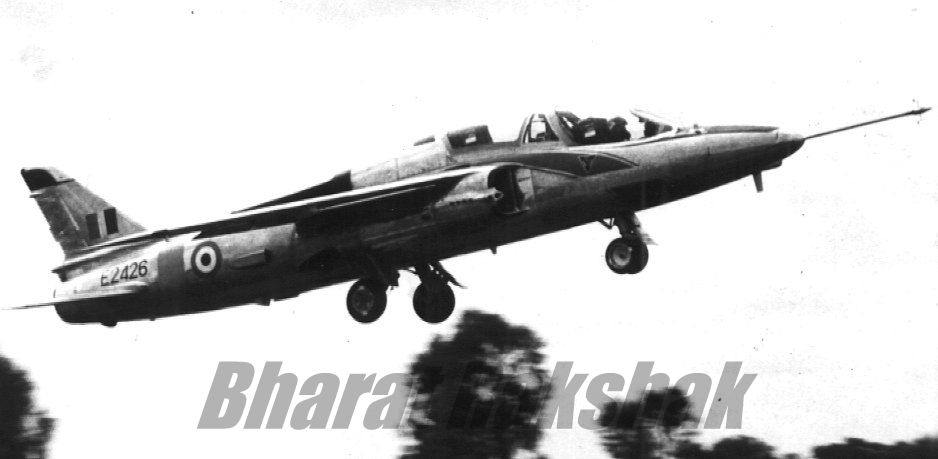It's actually dificult, tbh. At the time the Marut came out, much of it was obsolete: 4 cannons, poor payload for a twin-engined plane, no radar... it could, at most, be a daytime point-defence interceptor, or an expensive air-support aircraft. Everything it did, every other aircraft could do either better or cheaper... or both. So, while a good engineering exercise that could have been used as a basis and example of what could or could not be done (specially at the level of the horrendous management...), as an atual combat plane it wasn't very good.
If we are talking about contemporary airplanes or jets that came immediately after, the IAF had a rather good one in the HAL Ajeet (itself a version of the Folland Gnat). The Gnat, which had been procured in large numbers for the IAF and produced under license by HAL, had acquitted itself favourably during its Indian service, including in active combat roles during multiple conflicts with Pakistan, including the Indo-Pakistani War of 1965 and the Indo-Pakistani War of 1971 (was especially effective against PAF sabre jets, so much so that it was nicknamed the Sabre slayer). As such, the IAF had a positive attitude towards the type, despite observing shortcomings in maintainability and some subsystems, thus, during 1972, the service issued a requirement calling for the development of an upgraded and more capable variant of the Gnat, leading to the development of the Ajeet by HAL.
The HAL Ajeet was a jet-propelled light fighter, primarily intended to function as a low-level interceptor aircraft, while also being capable of ground-attack missions. Being a derivative of the earlier Gnat, the aircraft appeared to be visually similar to its predecessor; the presence of a pair of extra underwing hardpoints being amongst the only obvious distinguishing features from the older Gnat. In general, the Ajeet was equipped with a variety of more capable avionics and onboard systems than the original design. However, the addition of these extra subsystems and features was not without consequence, as the Ajeet was less agile than the original Gnat.
One of the more significant changes made for the Ajeet was the addition of a wet wing, housing aviation fuel in the interior space within the wing. This had several effects on the overall design, including the substantial expansion of its internal fuel capacity and the freeing up of several underwing hardpoints that had been previously occupied by external fuel tanks, allowing for their use in the carriage of other equipment and armaments. Furthermore, the carriage of even-greater payloads was also enabled via the installation of an additional pair of underwing hardpoints.
Certain aspects of the aircraft were heavily redesigned from the Gnat, such as the much enhanced hydraulic systems, the improved landing gear arrangement, and refined control systems, to produce superior performance, compared to their original counterparts.[8] The control surfaces were enhanced via the adoption of a slab tail configuration, which was unique to the Ajeet. It was also decided to outfit the aircraft with improved Martin-Baker GF4 ejection seats for improved survivability.

(Picture sourced from google images)
Again, if the Indian government had continued with the program, and kept on improving it, in my opinion, the current generational version would be comparable to the Gripen or F-16.